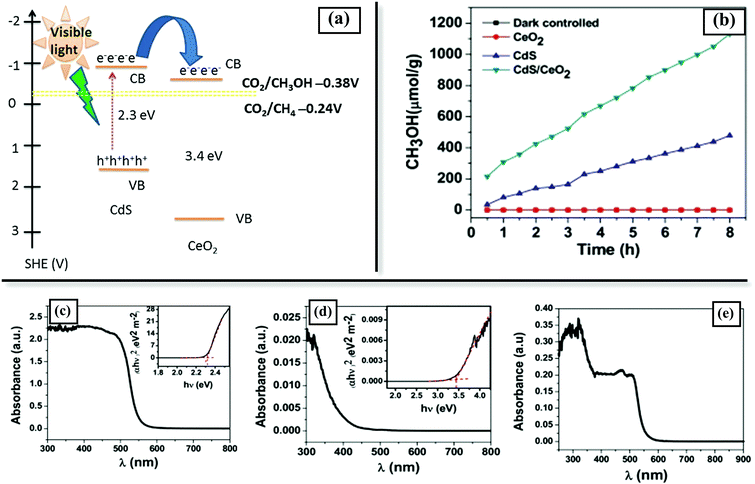
Hydrogen-Intercalation-Induced Lattice Expansion of Core–Shell Nanoparticles for Highly Efficient Electrocatalytic Alcohol Oxidation.
#Reactin spray deposition technology in core shell catalysts pdf#
Xianzhuo Lao, Tong Sun, Xingxue Zhang, Mingyuan Pang, Aiping Fu, Peizhi Guo. PDF On Oct 30, 2013, Justin Michael Roller and others published Flame Based Synthesis of Core-Shell Structures Using Pd-Ru and Pd Cores Prepared From the Vapor Phase With Reactive Spray.Unveiling the Synergistic Effects of Monodisperse Sea Urchin-like PdPb Alloy Nanodendrites as Stable Electrocatalysts for Ethylene Glycol and Glycerol Oxidation Reactions. Tong Sun, Jianyu Chen, Xianzhuo Lao, Xingxue Zhang, Aiping Fu, Wei Wang, Peizhi Guo.Facet-Controlled PdP Nanosheets for Ethanol Electrooxidation. The mass activity of PdPt/C was 1.8 times higher than that of conventional Pt/C.


Pd core was sufficiently covered by Pt shell in the entire catalyst layer. PdPt was made by Cu underpotential deposition and surface-limited redox replacement. Ke Guo, Yang Meng, Ruonan Guo, Hongyou Guo, Shuqin Qiu, Dongping Fan, Dongdong Xu, Yafei Li. Core-shell reaction was used directly to the catalyst layer made of core material.As elucidated by the DFT calculations, the superior durability of the catalysts originates from the high corrosion resistance of the disordered a-Pd-P substrates and the strong interfacial Pt–P interactions between the Pt shell and amorphous Pd–P layer. When a submonolayer of Pt is deposited on the 6 nm nanocubes, the resulting SML core–shell catalyst can deliver a mass activity as high as 4.08 A/mg Pt and 1.37 A/mg Pd+Pt toward the oxygen reduction reaction at 0.9 V vs the reversible hydrogen electrode and undergoes 50 000 potential cycles with only ∼9% activity loss and negligible structural deformation. Herein, by employing amorphous palladium phosphide (a-Pd-P) as substrates, we develop a class of leaching-free, ultrastable core–shell Pt catalysts with well-controlled shell thicknesses and surface structures for fuel cell electrocatalysis. coreshell catalystwith a shell s of several atom layers by pulse electrochemical deposition, and we obtained excitingresults.

However, the practical application of the as-designed catalysts has been substantially restricted by the poor durability arising from the leaching of cores. As an excellent electrocatalyst, platinum (Pt) is often deposited as a thin layer on a nanoscale substrate to achieve high utilization efficiency.


 0 kommentar(er)
0 kommentar(er)
